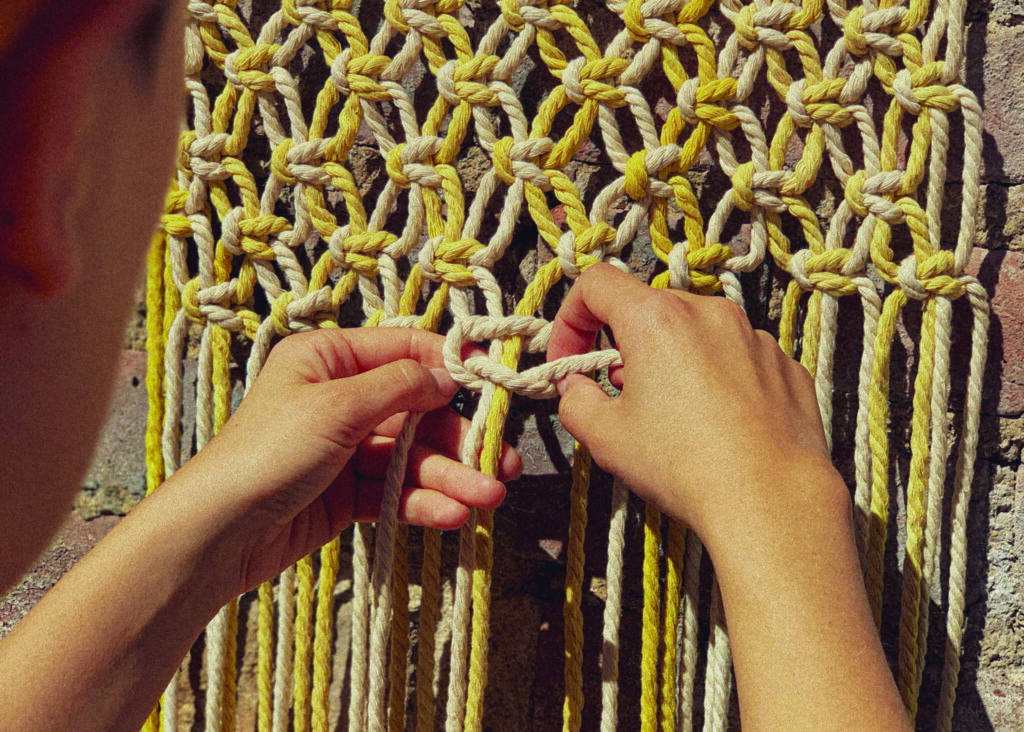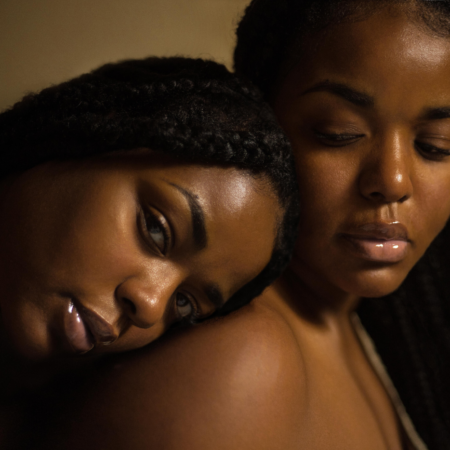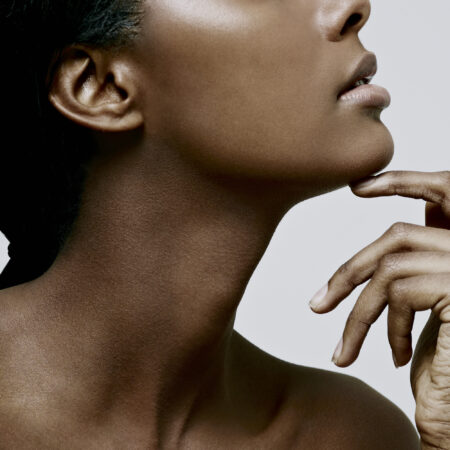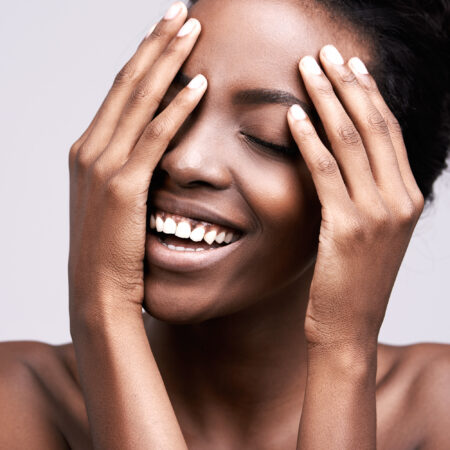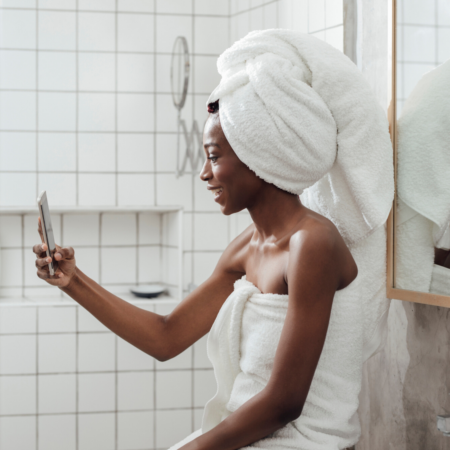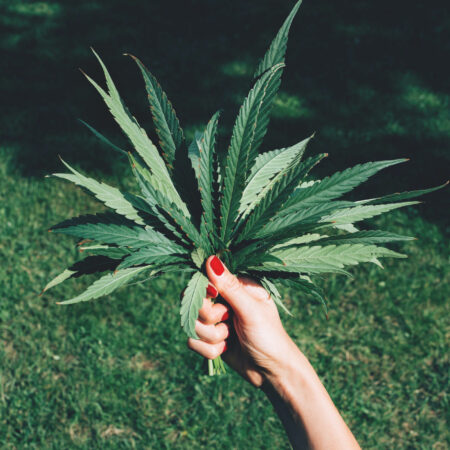How comfortable are you thinking about death? reads the first question on the online end-of-life planning platform, Cake. It’s followed by How much end-of-life planning have you already done? And What details of your funeral are important to you? As a 24-year-old who’s been spared any major health scares, I have, unsurprisingly, never really thought about these questions before—and I’m not alone. Just 32 percent of Americans are currently planning for their own death according to Caring.com’s 2020 Estate Planning and Wills Study, despite a pandemic that has claimed the lives of close to 700,000 people.
In a year when death is unavoidably top of mind, a growing number of female-founded online platforms have set out to revolutionize palliative care and digitize estate planning for those too intimidated—or outright scared—to talk about death. “Just like talking about sex doesn’t make you pregnant, talking about death doesn’t make you die,” says End-of-Life Doula Oceana Sawyer, who helps clients create a “conscious dying roadmap” that allows you to—in the event of your death—“die on your own terms.” For the sustainability-minded, this could mean choosing a biodegradable coffin or water cremation that allows the body to naturally decompose. For the musically-inclined, this could mean curating a “farewell playlist” ahead of time. As awareness of the death wellness (or “death positive”) movement grows, so too is the popularity of podcasts, books, and conferences focused on mortality. But it’s the innovative female founders rethinking the end of our lives who, in the $20 billion death care industry, are set to change how we grieve, how we’re buried, and how we plan for the unplannable.
How We’re Planning
Whether it’s healthcare considerations, legal documents, or burial preferences (including ideas for “a fun tombstone epitaph”) the aforementioned Cake helps you organize everything related to mortality. “We even have people compose their last Facebook message or their last Tweet for family members to send out,” says founder Suelin Chen. The free, end-of-life planning platform launched in 2015 and serves more than 1.5 million people per month, with COVID-19 driving an almost five-fold increase in planning engagement from their largest demographic—women aged 25 to 34.
Have you given any thought to what you want on your tombstone? Our quiz sums up your life experience and passions to create a fun #tombstone epitaph for your grave! Take the @nytimes featured quiz: https://t.co/mxCGhPtaGx #Quiz #Epitaph #Legacy pic.twitter.com/kYnEQ3P7Ve
— Cake (@joincakeapp) July 24, 2020
“A lot of these women are going through major life stages like starting a family, and many of them are informal caregivers for an older adult,” explains Chen, who believes our disagreeable relationship with death is slowly shifting. Not only are people realizing that proactive planning is essential (as we genuinely don’t know what will happen when), but the pandemic has left hundreds of thousands of first-hand witnesses to what death entails for loved ones once you pass. “A quarter of caregivers are Millennials so a lot of young people are actively dealing with [death] right now.” Lastly, Chen argues that a heightened awareness of life being finite actually leads to a better life lived—an attractive thought for a generation focused on wellness and self-care. “There have been studies that exposure leads to more comfort. Engaging with your death teaches you to live with intentionality and authenticity. ”
The founders of Lantern—a free, step-by-step checklist on how to navigate life before and after death—agree. Liz Eddy and Alyssa Ruderman launched their site earlier this year, and they too have found a heightened demand for their services, the majority of whom are women under the age of 45. They believe Millennials’ reliance on digital resources for major milestones—whether applying to college, looking for an apartment or planning a wedding—might add to the increased interest in planning ahead. “There is this assumption that you’re able to handle these things digitally, plus we’re used to this idea of customization,” suggests Ruderman. “We’re starting to understand that the only thing that we can control when it comes to death and dying is what we leave behind.”
How We’re Buried
So what exactly is it you should be planning for? Your will and end-of-life healthcare directives (such as your preferences on life-sustaining treatments) might be top of mind, but you should also be looking at exactly how you want to be buried. An increasingly popular option is green burials, which redefine traditional methods of laying bodies to rest (think: forgoing the embalming process and using biodegradable coffins for an entirely waste-free decomposition).

Katrina Spade's Recompose is opening the first human composting site in Seattle in Spring 2021. Image courtesy of Olson Kundig. 
Jae Rhim Lee pictured in her mushroom burial suit, which uses a new strain of fungus to decompose the body. Image courtesy of Edmund D. Fountain for The New York Times
Each year, approximately 1.6 million people are cremated and 1.2 million people are buried, using 20 million feet of hardwood boards, 64,500 tons of steel, 1.6 million tons of concrete, 17,000 tons of copper and bronze, and 4.3 million gallons embalming fluid— 827,060 gallons of which include toxic chemicals like formaldehyde, methanol, and benzene according to the Green Burial Council. And for those who opt to be cremated, the process releases hazardous waste including carbon monoxide, fine soot, sulfur dioxide, heavy metals, and mercury emissions (from dental fillings) into the atmosphere.
The environmental effects of traditional burials are undeniable, but it’s also worth noting the cost of cremation and embalming for a burial that is already expensive (the median cost of a funeral with viewing and burial in 2019 was $7,640, according to the National Funeral Directors Association.) If the burial also includes a cement vault—something typically required by cemeteries—the median price rises to $9,135, a cost that can be devastating for a family in grief. (Comparatively, the median cost of a cremation funeral with viewing is $5,150, with the basic fee for cremation being $2,195.)
Just like talking about sex doesn’t make you pregnant, talking about death doesn’t make you die.
Oceana Sawyer
Green alternatives like compostable burials, which are growing in popularity, are just one way to offset the funeral industry’s environmental footprint and steep price tags. Infinity Burial Project, founded by artist and entrepreneur Jae Rhim Lee, has developed a new strain of fungus that feeds on and remediates the industrial toxins we store in our bodies to convert our cadavers into nutrients. The entirely eco-friendly process returns (a.k.a composts) the body to the earth, without harming the environment. The burial suit costs $1,500 and is delivered within three weeks with free shipping. Similarly, Recompose, founded by architect Katrina Spade, places the body in an “above-ground receptacle filled with soil and organic materials.” The process, which costs approximately $5,500, turns the corpse into usable soil, which in turn can grow new life. While Spade’s services aren’t available yet, she’s aiming to open the first human composting site in Seattle in Spring 2021.
Then there’s Leaves With You, a company that produces biodegradable rope coffins made from recycled cotton and all-natural dyes for between $1,500 and $2,200, depending on customization preferences. Founded by designer Shaina Garfield, Leaves With You honors the idea that we are part of nature—and that living sustainably can extend to the end of our lives. “I’m trying to transform the idea of what a coffin is and bring a light and community to funeral homes that often lack this,” explains Garfield, who had been chronically ill for seven years before starting her company. She found that actively taking part in your death planning—in this case, weaving your own coffin—can be especially healing.
While facing mortality, with doctors unable to diagnose why she was “rapidly deteriorating,” Garfield used the meditative practice of weaving to overcome her fears associated with death—a process she says was about more than giving back to Earth. “People are able to weave their own coffin, oftentimes with their families, and really create this thing from their own heart that they then can wrap themselves in and have this active choice to be buried in a certain way.” While her services are available for families after their loved ones have passed, Garfield urges people to become more open to planning their own end of life. “The grieving time is intense, so introducing such new ideas [like using a rope coffin] is often difficult,” she says.
How We’re Grieving
The idea of being intentionally involved in your own death is exactly what death doulas advocate for. Death doulas, or end-of-life doulas, work to support patients (most of whom are terminally ill) before, during, and after their death. The concept, first introduced in 2003 after hospice social worker Henry Fersko-Weiss grew frustrated with death being perceived as a medical event rather than a “human” event that requires emotional support, has gained traction during COVID-19. In much the same way that the presence of birth doulas during childbirth significantly decreases the overall cesarean rate, the length of labor, and requests for an epidural, death doulas can alleviate the dying process by bringing peace to an unknown and traumatic situation.
End-of-Life Doula Oceana Sawyer, who describes herself as a “concierge for end-of-life care,” leads her clients through tough conversations about death, assisting in confronting any unresolved business for as peaceful an ending as possible. For example, Sawyer will host living funeral ceremonies for clients, a form of meditation where people experience their own end-of-life process to understand how they really want to pass. While death doulas predominantly care for those in-between hospice care and medical care (compared to customers of end-of-life planning platforms who are proactively planning ahead), Sawyer says that in the wake of COVID-19, she is mostly assisting Baby Boomer-women dealing with the loss of a parent. “People are willing to have conversations about death and how people die, but they’re still not as interested in talking about how they personally would die,” explains Sawyer. “People have a hard time recognizing that this is going to happen to all of us.”
Farewelling co-founder and funeral director Liz Karansky, who launched a digital platform for personalized end-of-life planning and funerals with designer and event planner Karen Bussen, has seen a heightened need to meet people in new ways when it comes to grief. “A crucial part of grieving is being able to do it together,” explains Karansky. “COVID-19 has hit in so many ways and not being able to be together and grieve is massive.” The pair recently launched a digital tool that allows users to create personalized memorial websites and live-stream memorial ceremonies; ten people attended a recent event in person with more than 100 tuning in via Zoom. Farewelling also addresses topics ranging from How can we confront the loss of a child? to Best Funeral Songs of All Time on its content platform and podcast, which aims to shift the way we look at the end of the human journey. “We thought, what’s the best way to change the conversation? Let’s have the conversation,” explains Bussen.
Death is still something that people have such a hard time talking about and feeling.
Cora Foxx
Taking virtual memorials one step further is Cora Foxx, the founder of up-and-coming Infinial, a platform for augmented reality memorials where friends and family can share memories through photos, video, audio, and testimonials that can be experienced while moving around a physical space. Foxx describes the frustration she felt in the wake of her sister’s and close friend’s passing, where she realized just how sidelined death and aging was in our society. “There’s a lot of formality around [death] and that formality is built like a fortress to protect people from connecting,” says Foxx, who is also working on a podcast called The Living, which focuses on death, dying, and grieving, and is expected to launch later this fall. (Foxx recently put the development of Infinial on hold after accepting a job as lead designer for Google Classroom.) The organized and sensible part of us may be ready to talk about the logistics of planning our death, but the emotional part—the part where we confront the implication of death, beyond what song to play at our funeral—still has some catching up to do, adds Foxx. “[Death] is just something we all have to face; it is the ultimate big existential question and despite it being something that touches everyone’s lives, it’s still something that people have such a hard time talking about and feeling.”
Research shows that in the U.S., 61 percent of caregivers are women, with women making approximately 80 percent of household health care decisions. The fact, then, that it is women leading the end-of-life planning space—making it easier for us to navigate death and support us in overcoming our bias and fear—is perhaps unsurprising. But where does that leave us: We who have yet to confront the discomfort of mortality? “I’ve been in the industry since about 2008,” says Farewelling’s Liz Karansky. “Back when I started, [the death care industry] was a completely different world. It was morbid and there was no form of celebration whatsoever.” Now, she says, we’re addressing death—and leaning into the discomfort—in a less stigmatized way which in turn can help us to live better lives. So, to re-answer the very first question posed by Cake—a little more comfortable, it turns out. Death is not as scary as you’d think.

